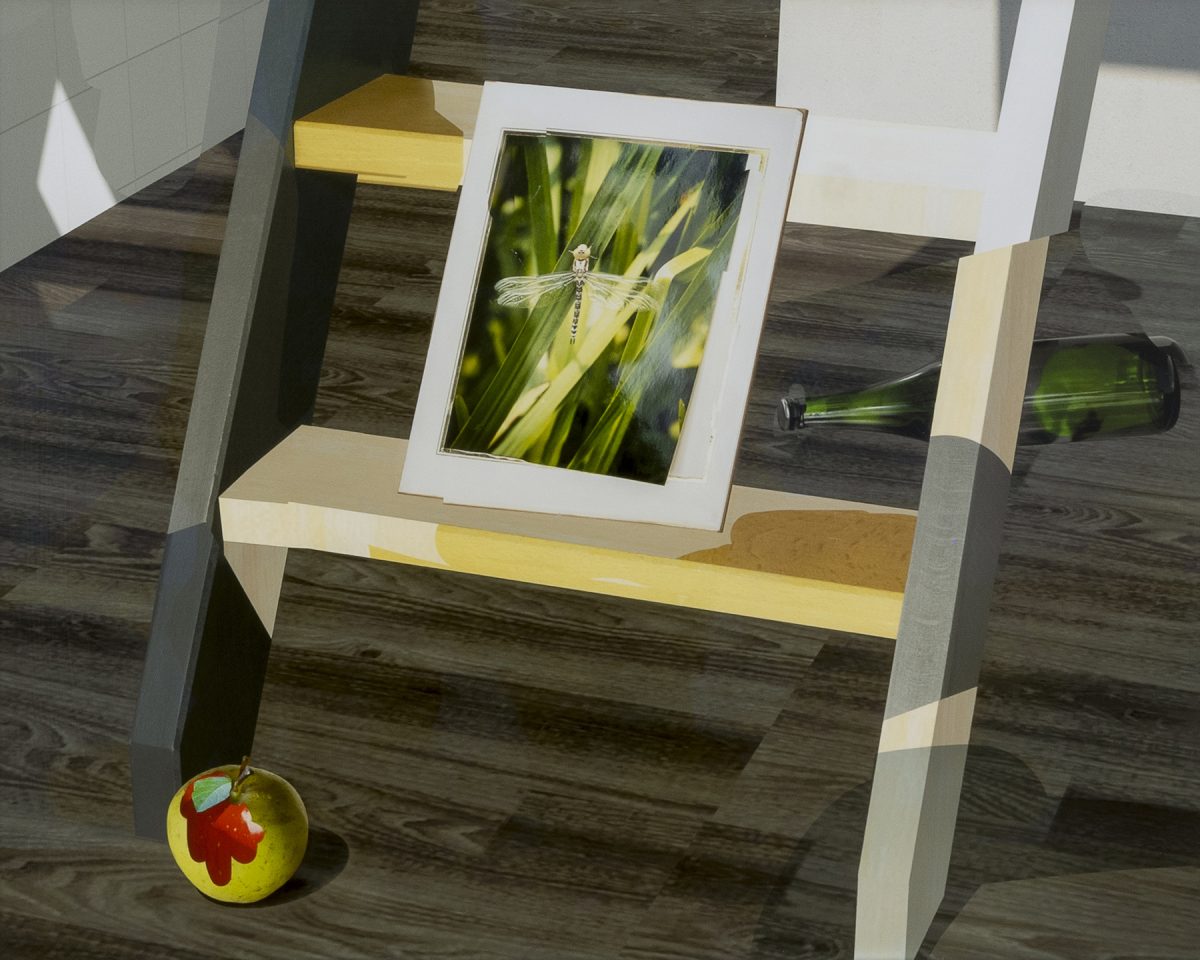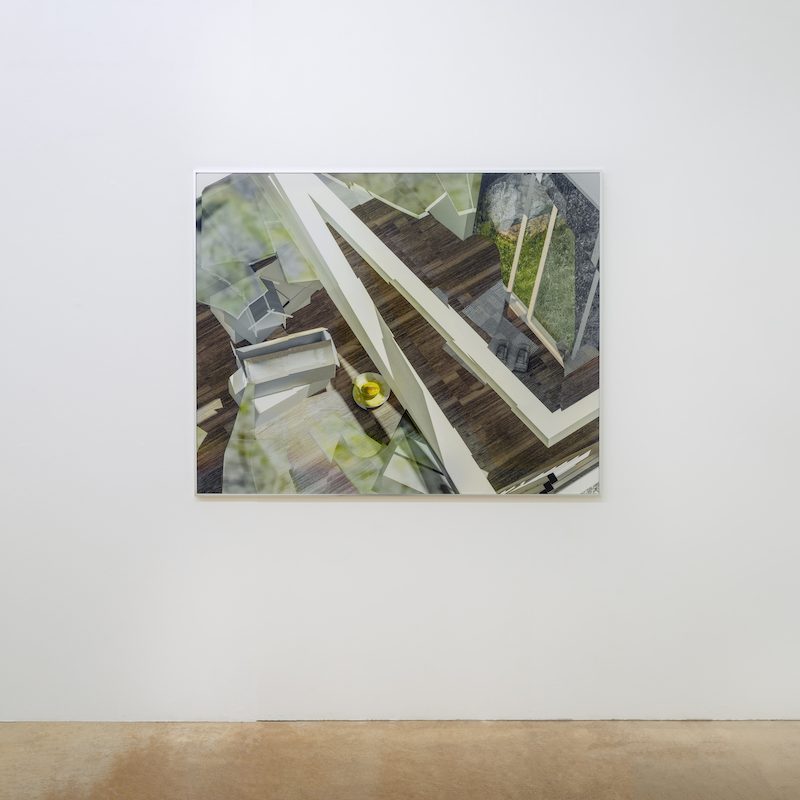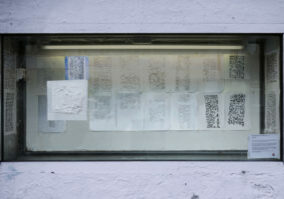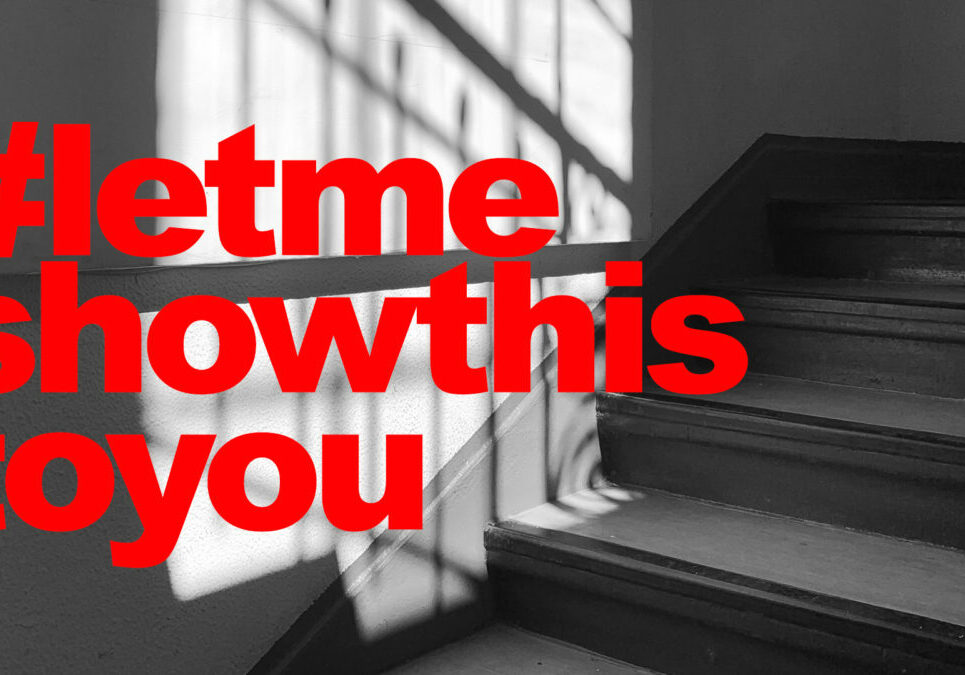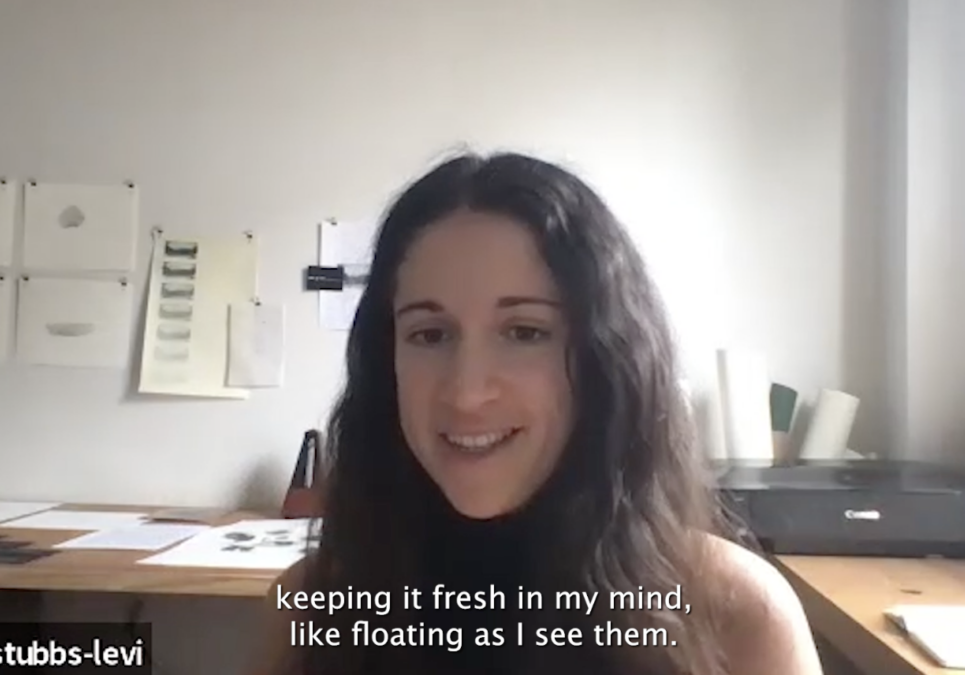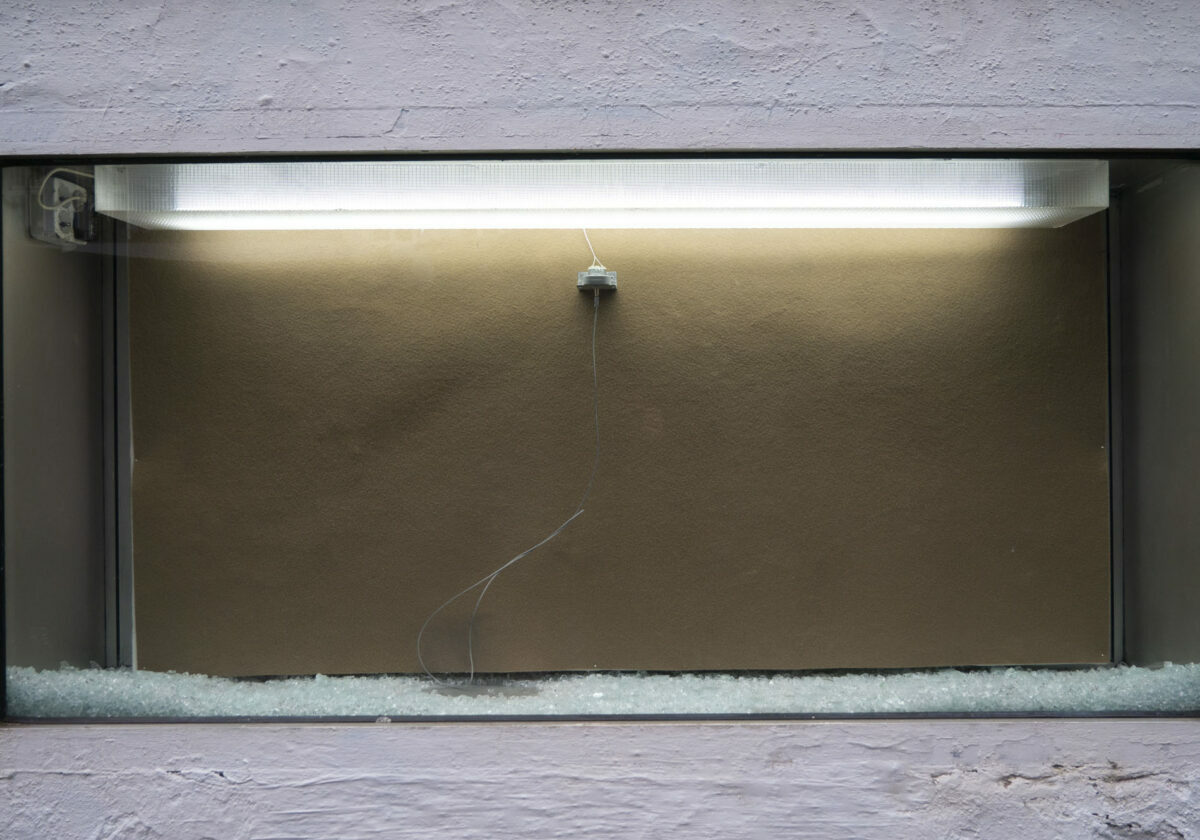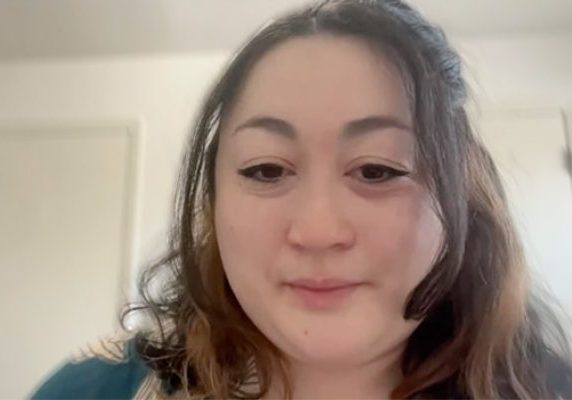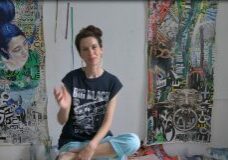Meet the on-line Artist // Yumo Wu
Yumo Wu is an artist who draws from media theory and the philosophy of photography to challenge our perceptions of the medium. Wu’s work dives into the depths of photography, skillfully manipulating its elements to create a distinctive body of work. Concepts like vision, disorder, speed, and memory are woven into her practice, all through the lens of time’s passage.
Who are you?
My name is Yumo Wu. I was born in Yakeshi, a small town in the coldest part of China, but I grew up in Beijing. I currently live and work in Lausanne, Switzerland, and hopefully soon in Berlin. I received my BFA degree at the Rhode Island School of Design and recently finished my master’s degree at ECAL. I see photography as my passion for life. I can’t describe my obsession with it. I am more appreciated as an artist rather than a ‘photographer’ when people describe me. The role of being a photographer is only one element of my practices. My interest is using everything related to the photographic system to make people rethink the medium from an alienating perspective.
How did you start your interest and relation with photography?
When I was eight years old, I found a Nikon camera body and lens that were packaged separately. My father had hidden them in the corner of the closet, afraid that I would use them and break them. I stumbled upon them accidentally. In my memory, I had a strong desire to touch them. Every time my parents left the room, I would sneak into the closet, attach the lens to the camera, and press the shutter, despite having no knowledge about it in my mind.
Photography has been discussed as a medium that captures reality, but it can also be manipulated to create altered realities. How do you address this duality in your creations, and how do you think digital manipulation has transformed the traditional notion of reality in images?
The camera can be understood as a mediator between reality and its representation. In my work, ‘The Transparency Photography,’ I explore a concept related to this, using transparency as an analogy for photography. Since we are accustomed to viewing photographs through glass, the presence of a layer of glass between the photographic surface and our eyes creates an additional intermediary between the act of viewing and the photograph itself. Photography facilitates this type of transformation, allowing for a clear vision to a certain extent. However, there is always a degree of environmental reflection on the glass that can hinder absolute clarity. I would like to pose a question here: Is our human eye similar to a camera, constantly altering the reality before us?
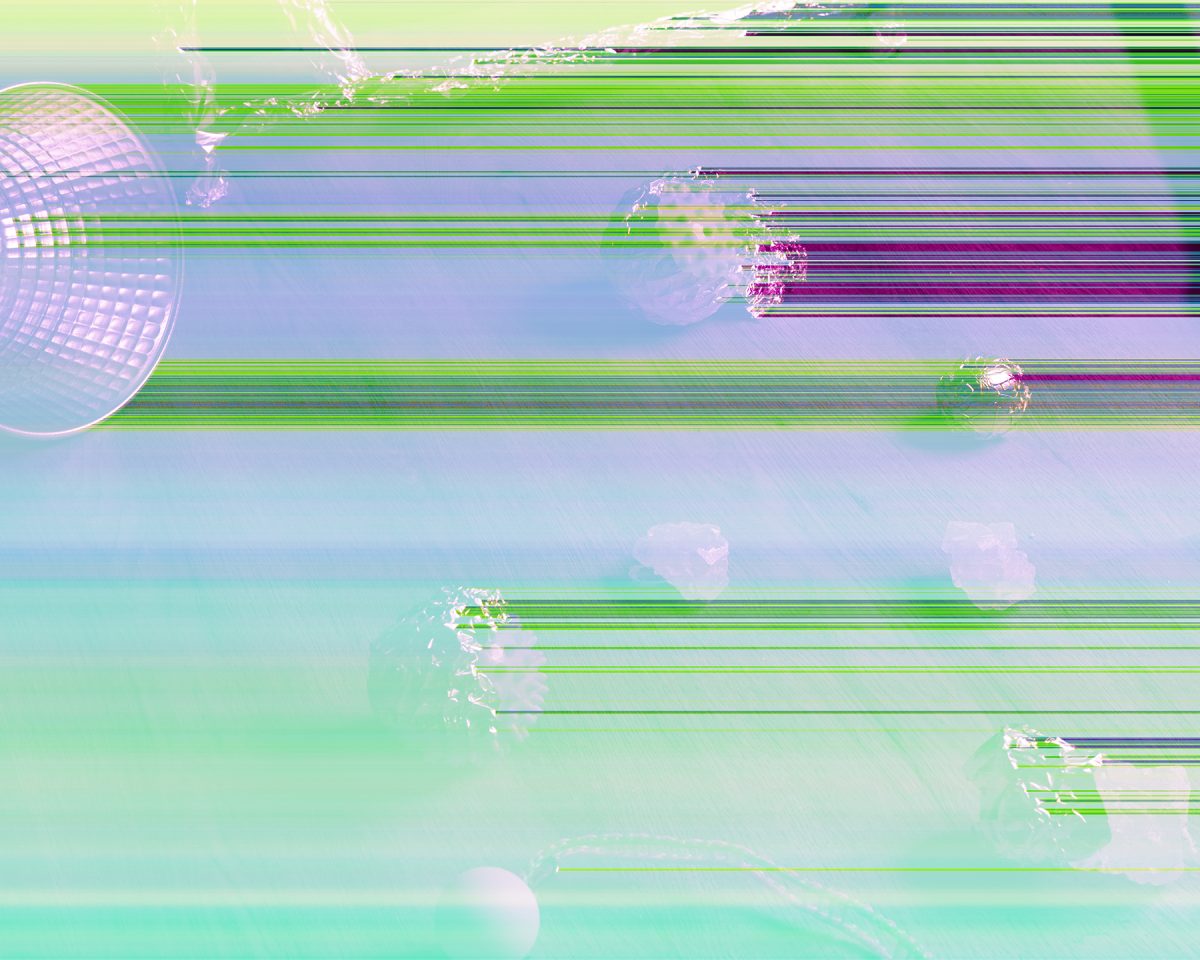 The Transparency Photograph #11, from the series The Transparency Photography, 120 x 150cm, Archival Inkjet Print, 2020
The Transparency Photograph #11, from the series The Transparency Photography, 120 x 150cm, Archival Inkjet Print, 2020
The concept of simulation, popularised by Jean Baudrillard, argues that we live in a hyperreal reality where copies and simulations have become more significant than the original referents. Do you think your photographic work relates to this notion, and if so, how?
There isn’t much relevance to my work. I have thought about it extensively, but not on a theoretical level. The impact of image circulation has gradually become pervasive. A world overflowing with images almost too perfect. As the photographic realm progressively supplants the landscape, the distinction between copies and original referents simplifies into two substances. Their relationship could be inverted. Photography itself can be conceived as a copy of reality. Due to framing, some information must inevitably be lost. The captured elements are inherently devoid. Photography is about controlling the degree and tension of reality’s reduction.
How would you describe your artistic practice?
I see my practice as a continuation of the existing photographic system. Photography, being a vast subject, allows me to delve into philosophical and ontological aspects. Throughout its history, the photographic system has been entangled with concepts that limit the relationship between the operator and the observer. I have always been curious about this dynamic and aim to bring forth a new understanding. I studied the system and tried to rebel against its inherent limitations. A friend described my practice as counterintuitive. I approach photography with resistance, believing in photographs that might exceed words.
What is your methodology or process for creating a new project?
I am slow overall. It’s often tedious, with a very different process depending on the series. Even though it’s hard to trace in my work, there’s a very subtle element; everything I’ve done can be traced back to pure emotional states. It’s a hidden core in my work. The struggle, the anxiety, the experience, and sometimes a project starts with a blurred conversation I’ve had between myself and my camera. I’m always talking to my camera. I love to read. Reading helps gather thoughts, and thoughts help gather images in my mind. I love using the camera to capture blurred clues and then proceed step by step to refine them.
Have you ever faced moments of doubt or creative block? How have you overcome them?
I enjoy having doubts. Reading always helps. I also spend a lot of time looking at paintings. It’s strange that I often turn to other mediums instead of photographs when I’m stuck. I believe that painting belongs to the realm of nature due to its materiality and origins. So, I instinctively go for a walk to seek solutions in nature. I open my eyes, immerse myself in the images, and experience what surrounds my vision. I’ve been looking at Lucas Arruda’s deserto-modelo series a lot recently.
Digital images are characterized by their ability to be reproduced and disseminated infinitely. How do you believe this feature influences the nature of your work and the viewer’s experience?
Digital images are not fundamentally different; they represent just one facet of technological evolution. Both digital and analog images possess the ability to be reproduced. However, digital images place greater emphasis on speed. Digital imaging is synonymous with rapidity. I have observed that this velocity poses a potential threat to artworks in general.
As the perception of the audience is so important in the reception of your work, could you share any significant experiences you’ve had while showcasing your work to the public?
The uncanny silence always comes first when experiencing my work. In my latest work, The Room and the Photographs, I adjust the height of each piece. The images are slightly lower, or super close to the ground; everything is slightly shifting away from where it should be. I observe that when the audience sees my work, they move their bodies, seeing the images from different distances. They are confronting their confusion and starting to ask questions. They started to question why, but these questions are always related to photography. This is exactly what I wish for.
Lastly, can you give us a sneak peek into some future projects you are currently working on?
My future project is related to perspective, perception and photography. I am currently reading Noam Andrews’ ‘The Polyhedrists’ for inspiration. The book explores the less-known relationship between art and geometry in the early modern period. It mentions numerous measurement tools that I have never seen before. Somehow, I believe I might gain more ideas related to the morphologies of photography by reading this.
Right now you are planning to move to Berlin, what do you expect to find there? What are you looking for in Berlin?
A fresh start and a place to keep producing work.
